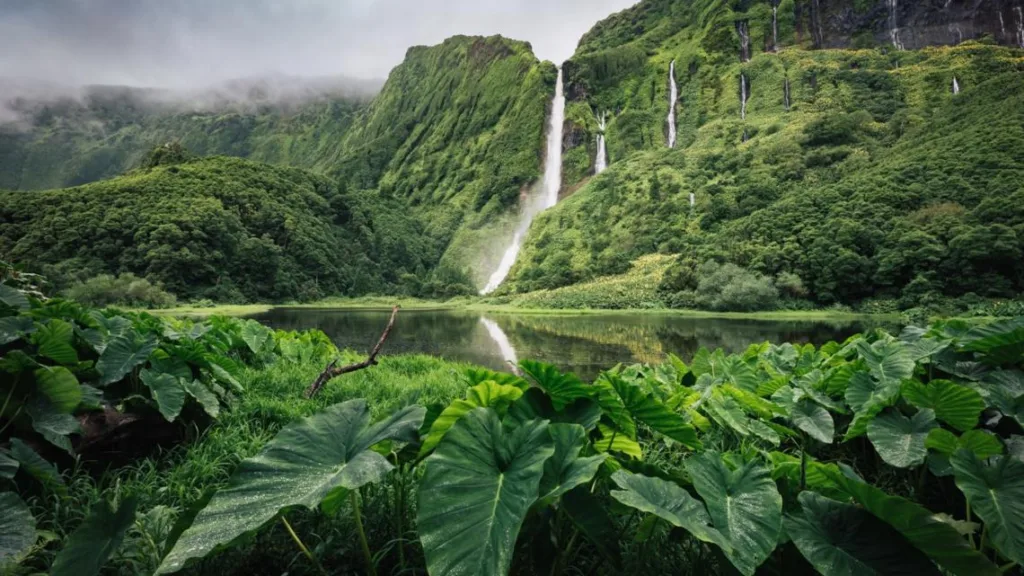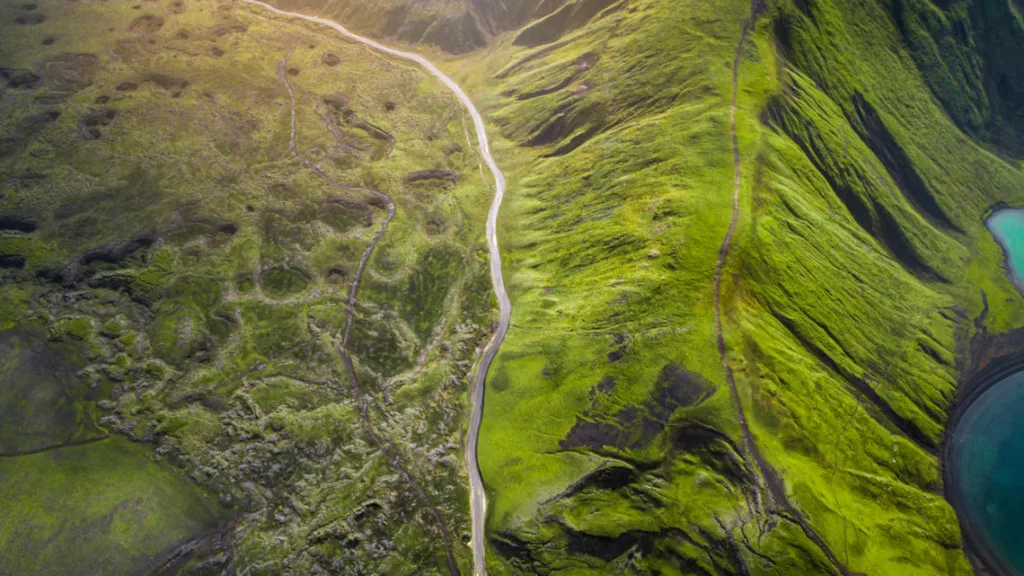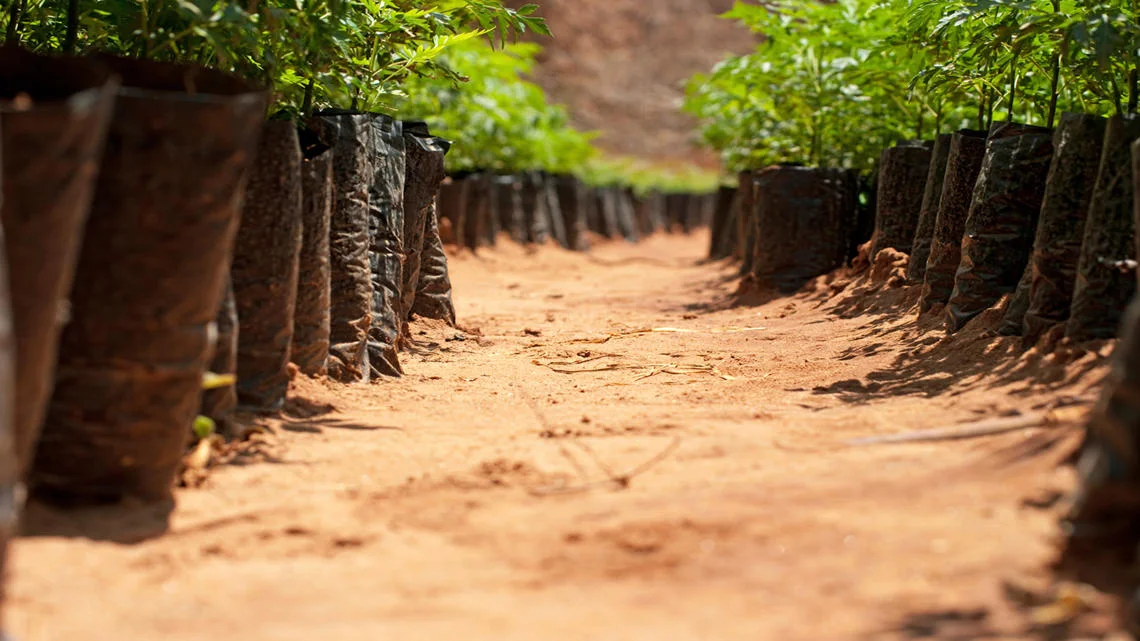Today, the World Business Council for Sustainable Development (WBCSD) launches an online platform, Natural Infrastructure for Business, to increase awareness of the business opportunities in investing in ecosystems – or natural infrastructure – and scale up action.
Global Landscapes Forum, Paris, 6 December 2015 – The ultimate objective of the initiative is that by 2020, companies systematically assess natural infrastructure options when investing in new sites or projects, thereby contributing to the protection, restoration and creation of new ecosystems.
All businesses affect and rely on the critical services that ecosystems provide. However, 60% of the world’s ecosystems have been degraded over the past 50 years. Taking into account land use change, this degradation is responsible for approximately 20% of carbon emissions globally.
To continue to benefit from ecosystem services and secure access to resources that are key to their operations, businesses need to invest in reversing this trend. This will not only reduce their exposure to risks linked to ecosystem degradation, but generate benefits for the economy, environment and society.
WBCSD and its member companies are taking action, through the Natural Infrastructure for Business platform, launched today at the Global Landscapes Forum in Paris. Natural (or green) infrastructure is a planned or managed natural or semi natural system (such as mangroves or wetlands) that can help companies harness the services that nature provides as a substitute to so-called gray infrastructure (such as dams or water treatment plants).
“By investing in natural infrastructure, business can take concrete steps to implement ecosystems and water related societal commitments such as the Convention on Biological Diversity Aichi Biodiversity Targets or the Sustainable Development Goals. At the WBCSD, we are proud to be pioneering this important initiative key to protecting ecosystems globally,” said Peter Bakker, President and CEO, WBCSD.
Developed in collaboration with CH2M, The Nature Conservancy, program Co-Chairs The Dow Chemical Company and Shell, as well as a group of more than 30 companies, the online platform strengthens the business case for investing in natural infrastructure demonstrating cost-efficient solutions with compelling co-benefits for society and environment. It also includes case studies from different industries leveraging various ecosystem services and tools to guide business decision-making, such as a cost-benefit analysis tool.
“Natural infrastructure has the potential to be a win-win for business value and for nature,” said Neil Hawkins, Corporate Vice President, EH&S, and Chief Sustainability Officer, Dow. “Dow is proud to incorporate the value of nature into our 2025 Sustainability Goals, and we believe that this platform is a great starting point to help business consider this approach more broadly.”
“There is a strong business case for companies to invest in natural infrastructure solutions where opportunities exist,” said Rupert Thomas, Vice President Environment, Shell. “By developing natural infrastructure projects, we see opportunities to create value and generate more environmental and social benefits than can be achieved through investments in gray infrastructure alone. We believe this is the way forward for business in the future.”
“At CH2M, we’re passionate about helping more companies figure out how to invest in ecosystems,” said Elisa Speranza, Senior Vice President of Innovation and Sustainability, CH2M. “We’re proud of this platform, and of our ongoing collaboration with The Nature Conservancy and WBCSD. This tool was developed by business, for business, and we hope it will encourage companies to see that investing in nature is good for the planet and makes good business sense.”
“Business is a critical part of the solution. As more and more businesses invest in natural infrastructure, we have a big opportunity to scale up environmental progress. These forward-thinking companies are not only increasing their resilience to climate risks, but also creating valuable co-benefits for nature, the economy and local communities,” said Mark Tercek, President and CEO, The Nature Conservancy.
Related
Content

Accelerating business along the road to a nature-positive future
8 December, 2022

Accelerating the circular economy: WBCSD releases updated circularity metrics to measure climate and nature impact
30 May, 2023

Advancing the roadmap to nature positive in the built environment
12 December, 2022

